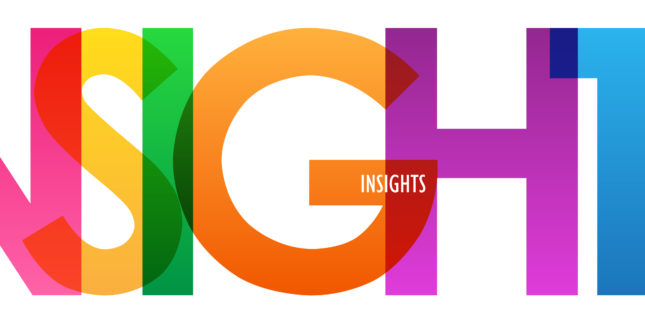
Meeting New (COVID) Consumer Needs
With vaccinations more widespread and COVID cases trending downward, a lot is changing. That includes the emergence of a new consumer…one that’s been changed for the long term by COVID and closure.
Understanding these changes is important for everyone in the practice. To help, here are several ways your patients are different than they were just one very long year ago, PLUS how you need to change as well.
Tip: “Increase exposure to post-COVID loyalty-shift winners (trusted A-brands and local brands) and simplify assortment.”
TRANSFORMATIVE TRENDS
Most of these changes revolve around one of three transformative trends…the downturn of the economy, the increase in digital usage, and changes in consumer preferences.
One of the best resources for insightful and timely information on this subject is the global consulting giant McKinsey & Company. They did, in fact, recently complete research on this very topic.
McKinsey’s advice to businesses?
• PREPARE “for consumption declines/trading down;”
• ADDRESS a new “shopping experience for the new reality;”
• FOLLOW consumers (your patients and customers) “in their new decision journeys when you market and communicate.”
KEY AREAS
McKinsey pinpoints several major areas where new behaviors are most evident. One of the biggest areas of change is shopping and related spending. One challenge, according to research conducted by McKinsey in partnership with Oxford Economics, is that, “personal income is not expected to recover to pre-crisis levels until Q2 2024 in the U.S.” The impact, reports McKinsey, will be seeing in six key areas:
• SURGE in e-commerce
• PREFERENCE for trusted brands
• DECLINE in discretionary spending, trading down
• REDUCED shopping frequency
• SHIFT to stores closer to home
• POLARIZATION of sustainability
CATEGORY GROWTH
Here is a closer look at a few areas pinpointed by McKinsey, along with one example of each.
• WORK. Trend: “Remote working, rise of unemployment, on-the-go consumption decline.” One example: A 20x year-over-year increase in Zoom daily participants.
• LEARNING. Trend: “Remote learning. Increased spending on learning adjacencies.” One example: 35% of Netflix subscribers now use its educational content.
• COMMUNICATIONS. Trend: “Shift in media consumption.” One example: More mitigation to digital with the home now serving as the new nest.
• HEALTH + WELLBEING. Trend: “Enhanced focus on health.” One example: E-doctor…and telehealth. According to McKinsey, telemedicine did, in fact, increase 10x is just 15 days. And, related to that, videoconferencing saw participants increase 20-fold in just 90 days.
OVER-ALL ADVICE
Analyzing all these trends, McKinsey suggests that you:
• STAY relevant across multiple touchpoints.
• ALLOCATE “resources in line with journey shifts…eg, increase digital engagement and decrease out-of-home advertising.”
• WIN in loyalty shifts. That is, “ensure first-class customer relationship management system, foster trust through communication, and provide incentives for first-time shoppers.”
• REIMAGINE value… “price, private label, quality, branding, merchandising.”
• RETHINK brand mix. “Increase exposure to post-COVID loyalty-shift winners (trusted A-brands and local brands) and simplify assortment.”
What steps have you taken in areas addressed by McKinsey? Tell us about them and share in the conversation on Facebook here.
Comments are closed.







